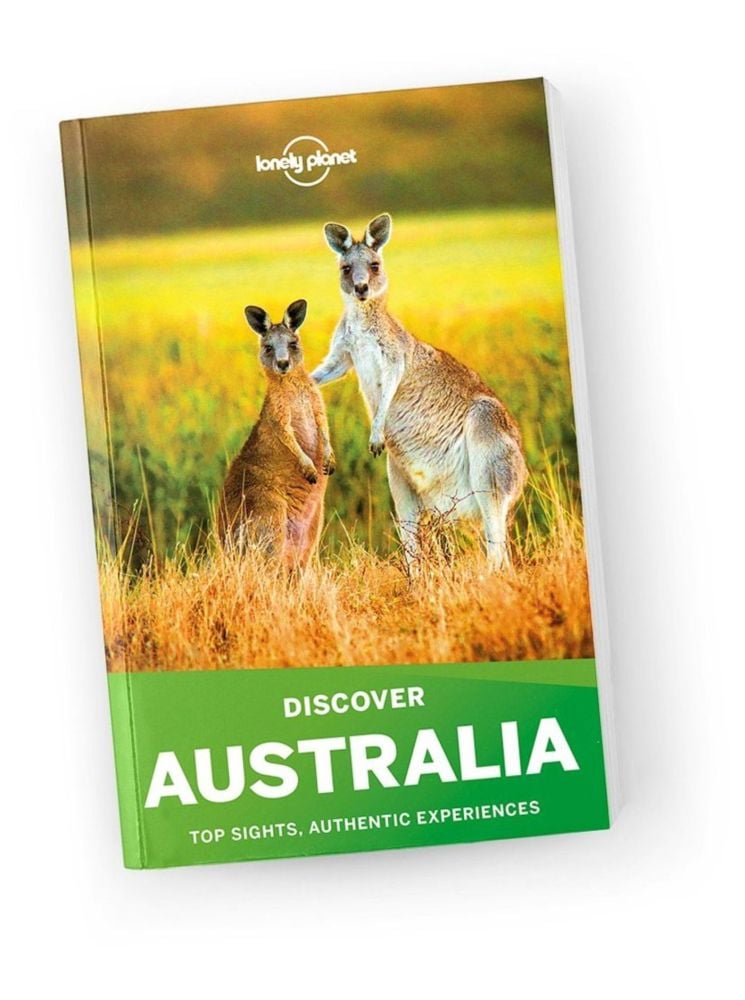Calling all pangolin lovers! There's pangolin conservation news
Posted on
|
There’s pangolin news from Uganda. Conservationists at Chester Zoo are collaborating with the Uganda Wildlife Authority and the Rhino Fund Uganda to discover more information about pangolins. It’s hoped that new information about the species will help with their long-term conservation, both in Uganda and in Africa overall. Although rhino conservation is the Rhino Fund Uganda’s main priority, their rangers were occasionally spotting giant pangolins when they were out on patrol. So it made sense for them to get involved. Pangolins are covered in hard overlapping, protective scales made of keratin. Giant pangolins measure up to 1.8m long (that’s nearly 6’), and they’re the largest of the world’s 8 pangolin sub-species, found only in the rainforests and grasslands of equatorial Africa. They may well be protected by international wildlife laws banning their trade, but pangolins are the most illegally trafficked mammals in the world. Their meat is considered a delicacy in a number of countries. Their scales are used in traditional medicines, especially in China and Vietnam, despite the fact there’s medical benefit from using them. The problem is that little is known about giant pangolins. Scientists need to know more about their behaviour, ecology and habitat needs so that strategies can be developed to monitor populations and protect them. Researchers from Chester Zoo have surveyed the presence of giant pangolins in 3 protected areas of Uganda. They worked alongside the Rhino Fund Uganda to do an intensive survey of the country’s Ziwa Sanctuary. They used camera traps and tracking techniques, looking for footprints, burrows and other signs the species have been about. 70 motion-sensor trail cameras installed by the zoo in the Ziwa Sanctuary have captured hundreds of images and video clips of giant pangolins – including the first colour footage ever recorded of the species in Uganda! And here it is!
This means that researchers can now identify a number of individual pangolins by their unique marks and patterns on their scales. And so they can record their behaviours, which were previously unknown to scientists. Pangolin dung samples are being collected to acquire vital information about the animals’ diet and hopefully it will help the scientists find out more about the genetics of giant pangolins. The team also plans to fit satellite and radio tracking devices on the scales of giant pangolins so that they can find out more about their ranging behaviour, feeding ecology and help develop methods to count and monitor the pangolins. |
